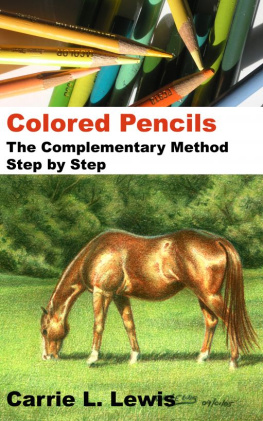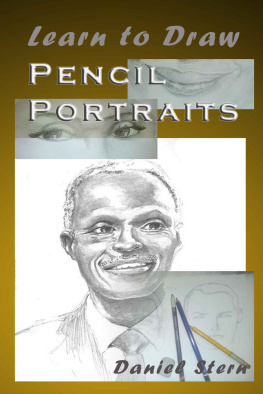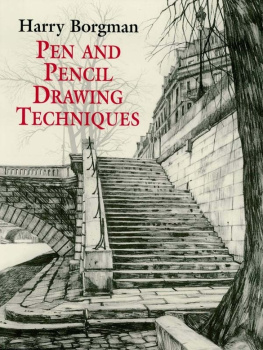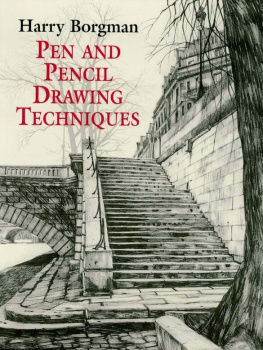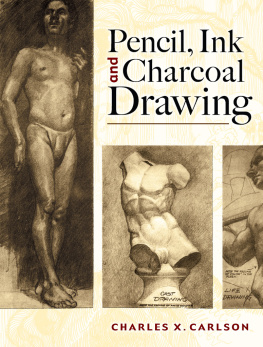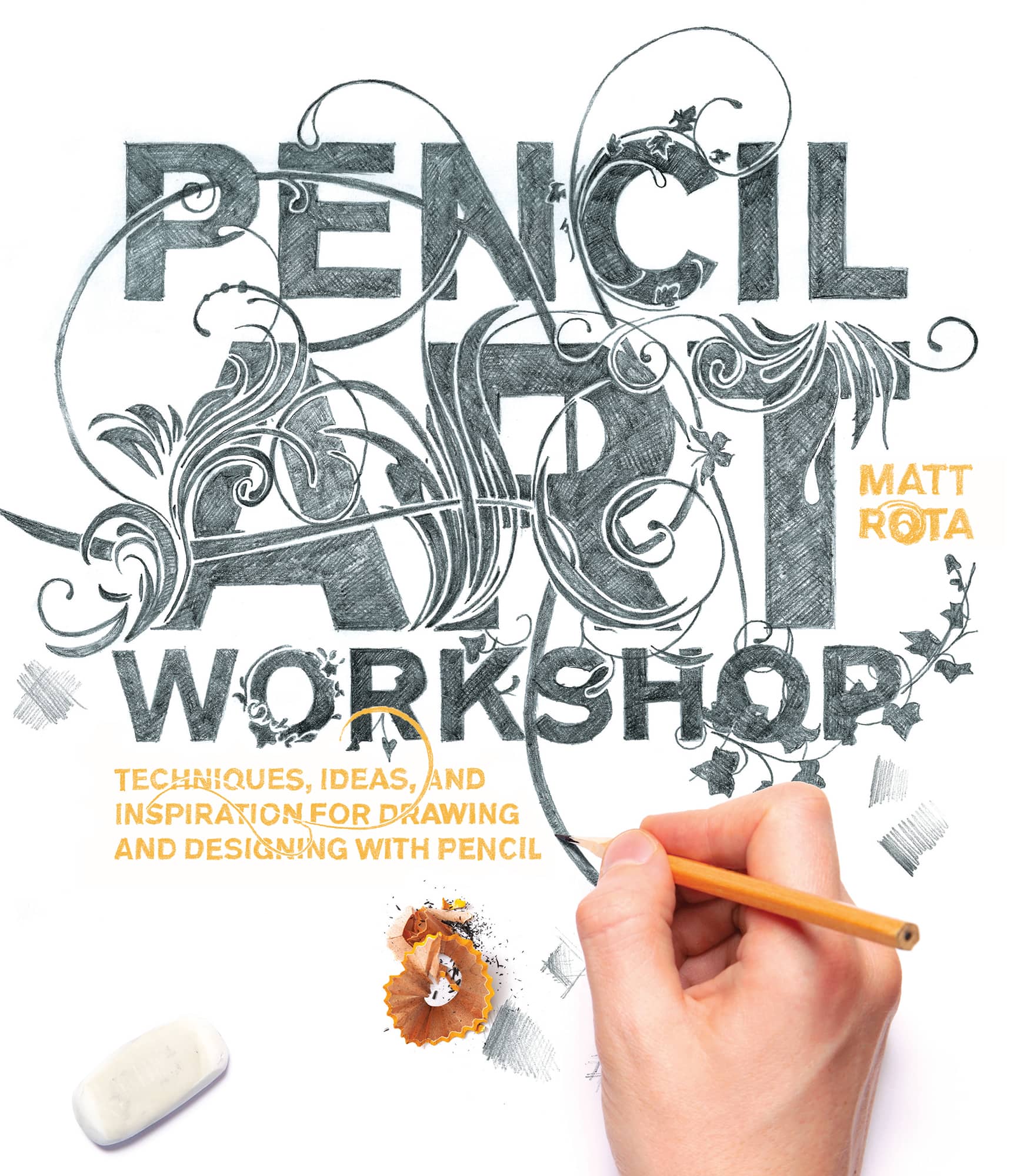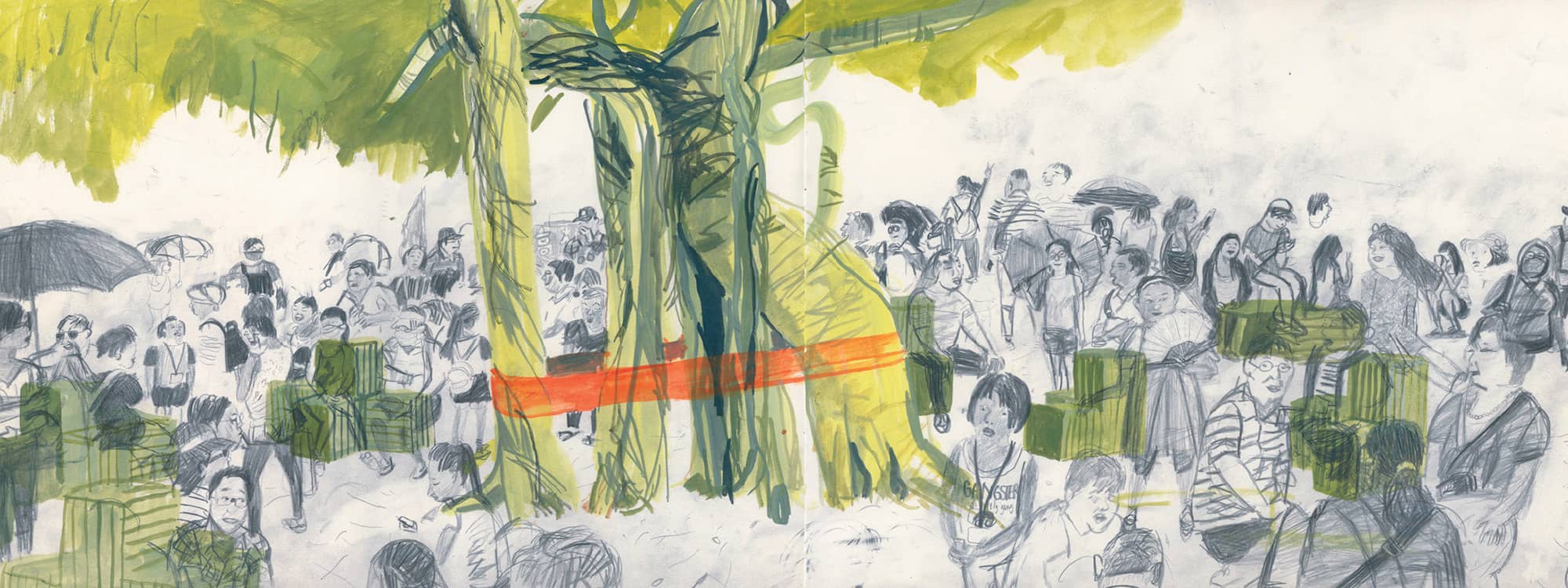
2017 Quarto Publishing Group USA Inc.
Original Artwork and Project Designs 2017 Matt Rota
First Published in 2017 by Rockport
Publishers, an imprint of The Quarto Group,
100 Cummings Center, Suite 265-D, Beverly, Massachusetts 01915-6101, USA.
T (978) 282-9590 F (978) 283-2742
QuartoKnows.com
All rights reserved. No part of this book may be reproduced in any form without written permission of the copyright owners. All images in this book have been reproduced with the knowledge and prior consent of the artists concerned, and no responsibility is accepted by producer, publisher, or printer for any infringement of copyright or otherwise, arising from the contents of this publication. Every effort has been made to ensure that credits accurately comply with information supplied. We apologize for any inaccuracies that may have occurred and will resolve inaccurate or missing information in a subsequent reprinting of the book.
Rockport Publishers titles are also available at discount for retail, wholesale, promotional, and bulk purchase. For details, contact the Special Sales Manager by email at or by mail at The Quarto Group, Attn: Special Sales Manager, 401 Second Avenue North, Suite 310, Minneapolis, MN 55401, USA.
Digital edition: 978-1-63159-408-3
Softcover edition: 978-1-63159-269-0
Library of Congress Cataloging-in-Publication Data
Names: Rota, Matt, author.
Title: Pencil art workshop : techniques, ideas, and inspiration for drawing and designing with pencil / Matt Rota.
Description: Beverly, Massachusetts : Rockport Publishers, 2017.
Identifiers: LCCN 2016049138 | ISBN 9781631592690 (paperback)
Subjects: LCSH: Pencil drawing--Technique. | BISAC: ART / Techniques / Pencil
Drawing. | ART / Techniques / Drawing. | ART / Techniques / General.
Classification: LCC NC890 .R68 2017 | DDC 741.2/4--dc23
LC record available at https://lccn.loc.gov/2016049138
Design: Burge Agency
Cover Image: Burge Agency
Page Layout: Paul Burgess and Archie Strong at Burge Agency
Photography: Matt Rota, except , courtesy of Shutterstock; and as indicated
Illustrations: Matt Rota, except as indicated

Carol Fabricatore, Lilac Factory Worker, pencil, watercolor graphite, and brush pen on paper
Warren Linn, Boxing, pencil on paper
Benoit Guillaume, Tourist in Kaohsiung, acrylic and pencil on paper
Benoit Guillaume, Marseille, pencil on paper
Deanna Staffo, My Winter Hibernation, pencil on paper
Ryan Peltier, Transients 7, pencil, colored pencil, gouache, and acrylic
INTRODUCTION
The pencil is perhaps the most flexible and forgiving utensil for writing, drawing, scribbling, and scrawling in the history of human creativity. In fact, the pencil is the most common of all writing and drawing tools, and its impossible to imagine a world without it.
What makes this tool so unique and useful? In a word, graphite, a soft claylike mineral. Graphites malleability allows it to be sharpened to a fine point. It also makes it possible for a pencils tip to be formed with both a sharp edge and a wide shape. This flexibility allows for a great range of markmaking. Due to graphites softness, the mark the pencil makes is significantly darker than that of the drawing tools that preceded it. Before graphite pencils came into use, artists used metal styluses with copper, silver, or lead tips that made much lighter marks.
The pencils phenomenal mark-making range is the subject of this book. Well explore its full range of possibilities and discuss its refined precision and bold, expressive capabilities. Well look at the myriad ways that contemporary artists are making use of it today. Well also look at how the simple pencil became responsible for some of the greatest artistic achievements from the sixteenth century onward.
All these things point out the most remarkable thing of all about the pencil: that the humblest and least expensive of art tools can be carried in your pocket with a sketchpad, taken anywhere, and is always ready to help you create works of the highest potential genius.


Jun Cen, Mutual Tunnels 11, pencil on paper
A PENCIL TIMELINE
Isaac Pelepko, Mako in Profile, pencil on paper
1564
The largest graphite deposit ever discovered was unearthed in Cumbria, England. At first, the mineral was thought to be a soft type of lead, and the association stuck: We still refer to pencil lead, even though there is no lead in pencils.
1565
Conrad Gesner, a Swiss naturalist, is the first person to study and describe graphite.
LATE
1500s to 1600s
Graphite is used as a lubricant for cannons and other armaments. It was also sawed into sticks and used as a tool for marking sheep, which led to the discovery of its possibilities for drawing. Its artistic uses soon became apparent.
1600s to 1700s
The first drawings in graphite were called Plumbago drawings. They were done primarily on vellum, as preparatory drawings for engravings. Early Dutch and British pencil artists included Simon van de Passe, Nicholas Hilliard, Isaac and Peter Oliver, and Abraham Blooteling. Later, Thomas Forster is thought to be one of the first artists to make drawings in graphite purely for their own sake.
1790
Joseph Hardtmuth in Vienna mixes clay and graphite powder, making the pencil more widely available. His company, Koh-i-Noor, was the first company to copyright the mass-produced pencil. (Earlier pencil-manufacturing companies, such as Faber-Castell, existed in Germany, but were using pure graphite imported from England.)


